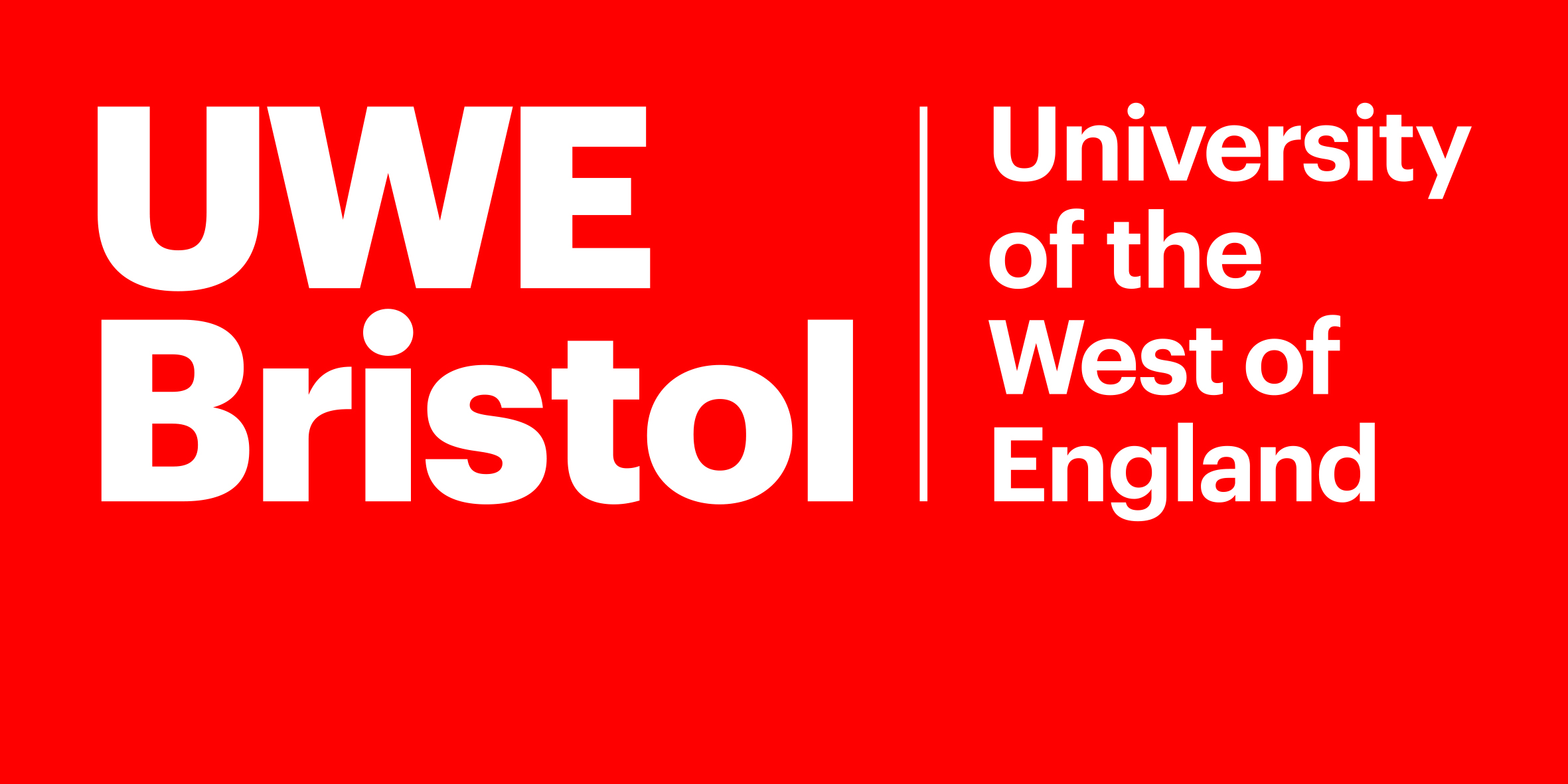Amanda Marr Chung
Understanding stakeholder perspectives on integrating and sustaining a vertical HIV prevention program into routine health services in Zimbabwe: a qualitative study
Marr Chung, Amanda; Murungu, Joseph; Case, Peter; Chitapi, Precious; Chikodzore, Rudo; Gosling, Jonathan; Xaba, Sinokuthemba; Ncube, Getrude; Mugurungi, Owen; Kunaka, Patience; Prata, Ndola; Gosling, Roly; Bertozzi, Stefano M.; Auerswald, Colette
Authors
Joseph Murungu
Professor Peter Case Peter.Case@uwe.ac.uk
Professor of Organization Studies
Precious Chitapi
Rudo Chikodzore
Jonathan Gosling
Sinokuthemba Xaba
Getrude Ncube
Owen Mugurungi
Patience Kunaka
Ndola Prata
Roly Gosling
Stefano M. Bertozzi
Colette Auerswald
Abstract
Introduction The transition of Voluntary Medical Male Circumcision (VMMC), an HIV prevention service, in Zimbabwe from a donor-funded to a government-owned program involves the collective efforts and alignment of national and subnational government leaders, managers, health care providers, village health workers, community members, donors, and implementing partners. We sought to understand stakeholders’ perspectives on barriers, facilitators, and recommendations as a vertical HIV prevention program transitioned to an integrated, government-led model.
Methods We conducted 54 semi-structured stakeholder interviews at the national and subnational levels. Interviews were audio-recorded, transcribed, and thematically analyzed .
Results Participants highlighted a range of psychological and structural barriers and facilitators to integrating and sustaining the VMMC program. Respondents mentioned financing and staffing barriers to integration, particularly a lack of domestic resources, the transition from a fee-for-service to a facility-based performance model, and staff attrition. Notably, resistance to changing the VMMC program's operations was a significant barrier that may be tied to individual psychological barriers such as loss of power and job security. Donors and partners continued to control the funding for VMMC. Ideally, the Ministry of Health and Child Care (MoHCC) should have more autonomy over these decisions. At the subnational level there is an opportunity for increased responsibility and a greater sense of ownership through the decentralization of governance.
Conclusion To ensure successful integration and local ownership of the VMMC as an HIV prevention program, stakeholders must address both psychological and structural barriers while aligning their perspectives on the transition. Individual providers have valid concerns about their financial security and the burden of additional responsibilities without adequate compensation. It is crucial for donors and partners to reduce their involvement and oversight. Additionally, resolving the financial barriers that prevent the government from having complete control of the program will require empowering local government stakeholders to fully take ownership.
What is already known on this topic
●Program sustainability and integration represent critical global health challenges, particularly in light of the increasing funding gap in development assistance for health following recent withdrawal of support from foreign governments. Achieving the Sustainable Development Goals and delivering basic health services are both at risk.
●For VMMC, a vertical health program funded by external donors, countries need to plan for integration and sustainability of the program to maintain epidemiological benefits, such as reduced HIV transmission, after donor support has been withdrawn.
●Few studies describe national and subnational level stakeholder perspectives on the barriers, facilitators, and recommendations that contribute to the successful transfer of ownership and integration of a large-scale, donor-funded vertical health program into government services.
What this study adds
●Sustainability of the HIV prevention program is hindered by insufficient domestic financing and fragmented budget management. Transitioning to government ownership and financing is a long-term goal complicated by economic instability, competing health priorities and limited domestic resources.
●High staff attrition, driven by low wages and poor working conditions, disrupts service delivery and erodes institutional knowledge. Addressing these issues with better remuneration, non-financial incentives, and training could improve retention and motivation.
●Decentralizing VMMC to primary health care facilities faces challenges such as limited space, staff shortages, and confidentiality concerns. Overcoming these barriers could improve accessibility, trust, and timeliness of services, making the program more patient-centered.
●Power asymmetry between donors and government limits local ownership and integration of the HIV prevention program. Enhanced subnational engagement and empowerment can build ownership, improve program alignment with local needs, and foster sustainable, community-driven implementation.
How this study might affect research, practice or policy
●Governments and policymakers need to prioritize domestic resource mobilization and increase allocations for HIV prevention funding into national health budgets to reduce reliance on donor funding and ensure sustainability.
●Research on the effects of staff motivation and retention initiatives, including both financial and non-financial incentives, would provide valuable insights for workforce management in health systems.
●Systematic involvement of subnational stakeholders in program planning and governance/decision-making is essential for fostering ownership, aligning programs with local needs and achieving program integration and sustainability.
| Journal Article Type | Article |
|---|---|
| Acceptance Date | Jul 6, 2025 |
| Deposit Date | Jul 7, 2025 |
| Electronic ISSN | 2059-7908 |
| Publisher | BMJ Publishing Group |
| Peer Reviewed | Peer Reviewed |
| Public URL | https://uwe-repository.worktribe.com/output/14676393 |
This file is under embargo due to copyright reasons.
Contact Peter.Case@uwe.ac.uk to request a copy for personal use.
You might also like
The stoic practice of sustainability leadership in complex social-ecological systems
(2024)
Journal Article
Communication in organizations: An overview and provocations
(2024)
Journal Article
Leadership-As-Practice: Appreciation, critique and future directions
(2024)
Book Chapter
Downloadable Citations
About UWE Bristol Research Repository
Administrator e-mail: repository@uwe.ac.uk
This application uses the following open-source libraries:
SheetJS Community Edition
Apache License Version 2.0 (http://www.apache.org/licenses/)
PDF.js
Apache License Version 2.0 (http://www.apache.org/licenses/)
Font Awesome
SIL OFL 1.1 (http://scripts.sil.org/OFL)
MIT License (http://opensource.org/licenses/mit-license.html)
CC BY 3.0 ( http://creativecommons.org/licenses/by/3.0/)
Powered by Worktribe © 2025
Advanced Search
